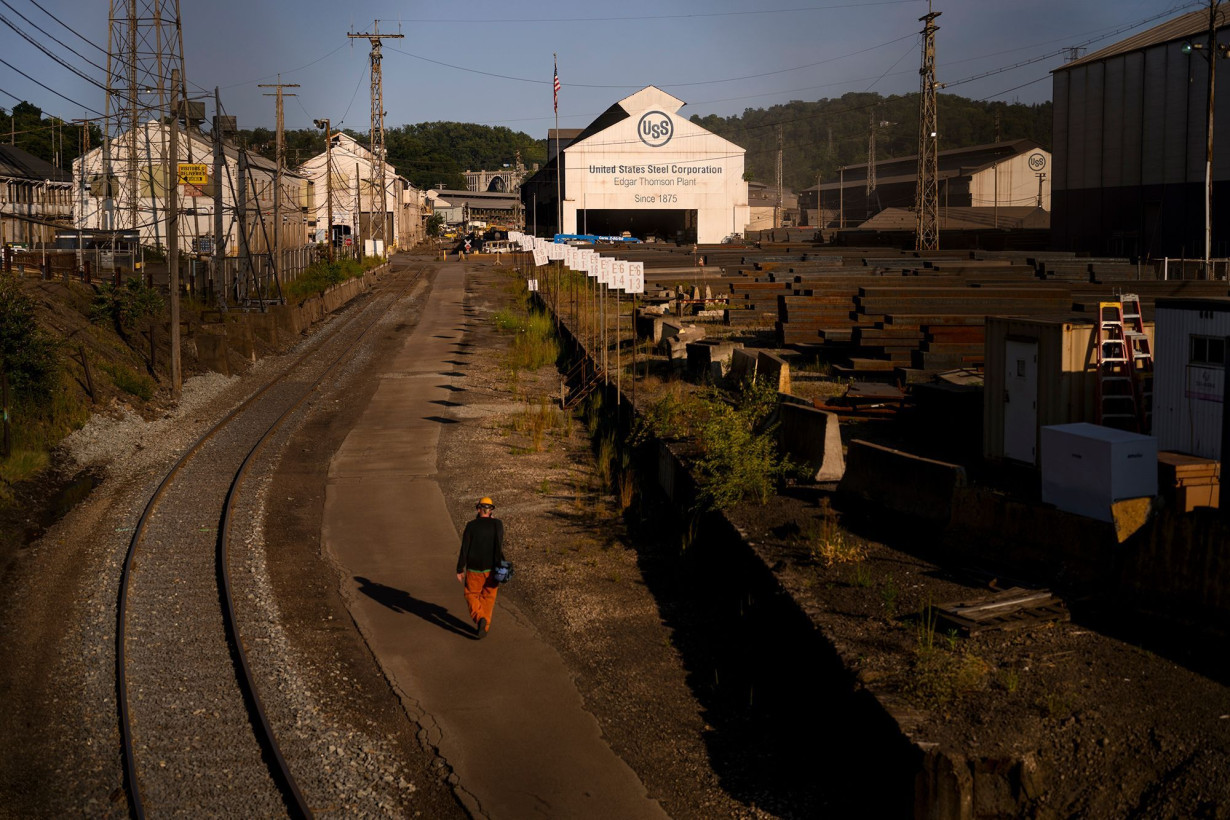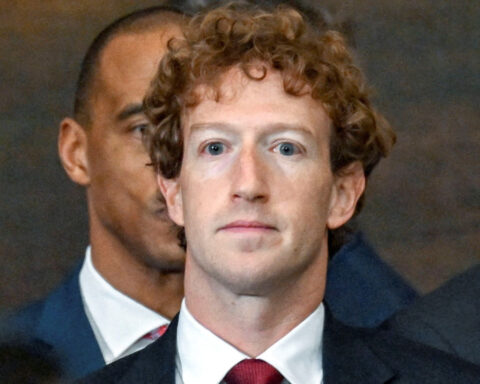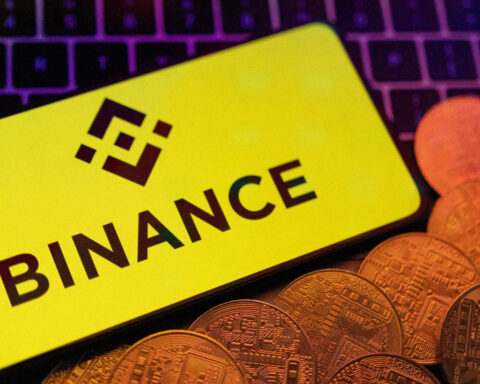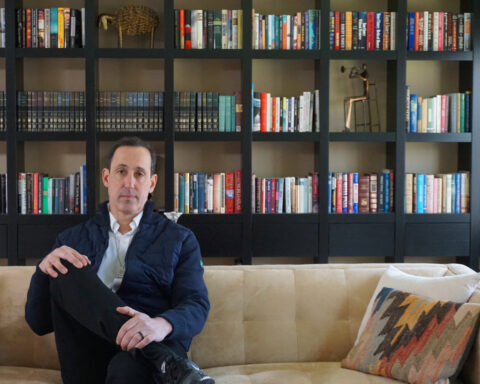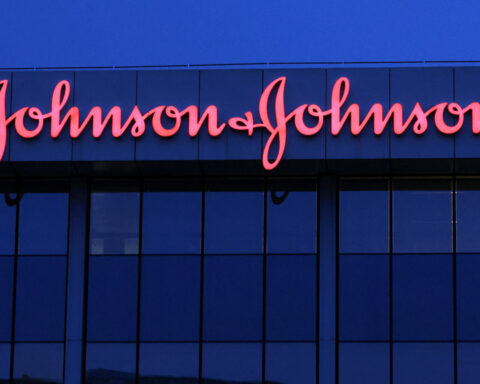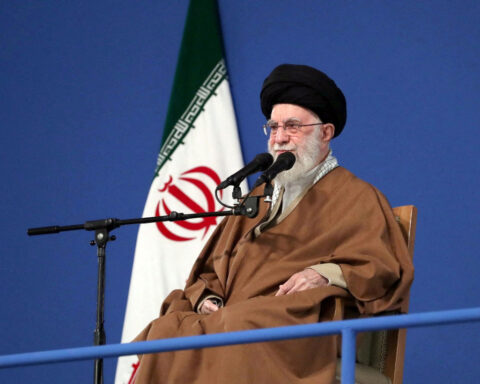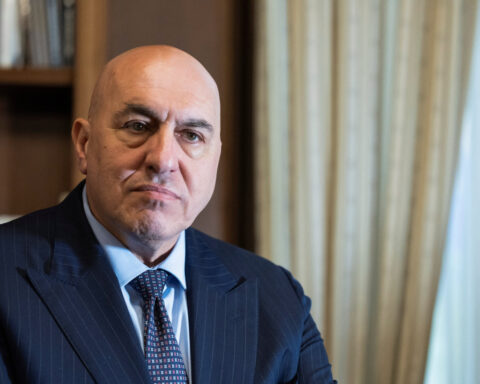New York (CNN) — Nippon Steel is looking to revive its plan to purchase iconic American steelmaker US Steel, despite President Donald Trump’s statements earlier this month that it is only interested in an “investment” and his pledge not to allow it to buy a controlling stake.
Trump declared after a meeting with Japanese Prime Minister Shigeru Ishiba earlier this month that Nippon was no longer interested in purchasing US Steel and was only interested in making an investment in the company.
But that was clearly not the case, as neither company has announced any change in plans. Nippon Steel President Tadashi Imai said on Tuesday that his company plans to have talks with US government officials as it seeks to revive the merger.
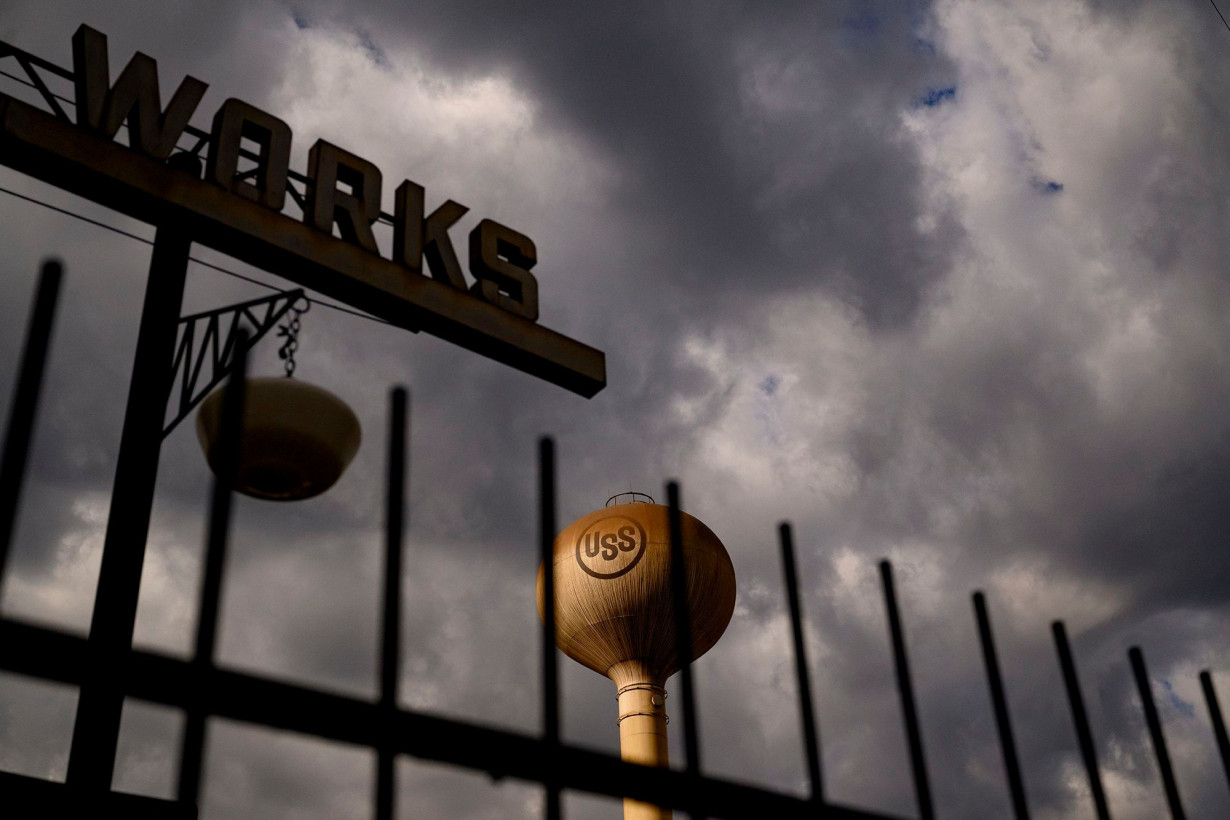
“Only by making an equity investment, we can make a major (capital) spending decision,” he said in comments reported by Reuters.
But Trump has made it clear he’s no more inclined to allow the politically unpopular deal than was President Joe Biden, who issued an order blocking the deal during his final weeks in office, citing national security concerns — despite US Steel’s limited sales to the military and the fact that Japan is a close geopolitical ally.
“I don’t want US Steel being owned by a foreign country. All they can have is an investment,” Trump said two days after he incorrectly announced that Nippon was dropping its plans to purchase US Steel outright.
Once the cornerstone of American industrial might, US Steel has been in decline for decades. Today it isn’t even the largest or second largest American steelmaker, let alone the world’s largest. By mid-2023, the once-iconic company had put itself up for sale. It reached a deal that December to be purchased by Nippon Steel for $14 billion, with billions more in promised investments for needed upgrades to its aging steel mills.
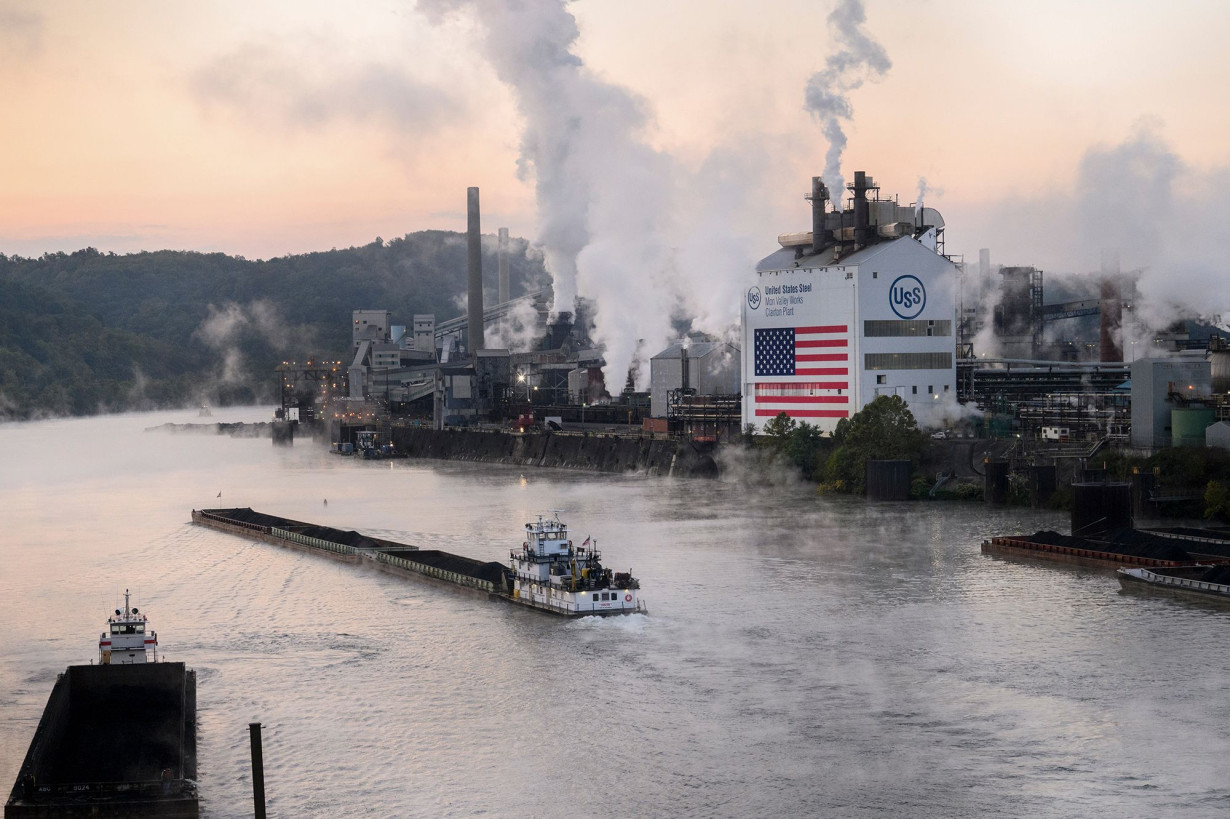
But the deal sparked fierce opposition from the United Steelworkers union, which represents about 11,000 of the company’s 14,000 US employees. The union said it was concerned about Nippon’s long-term commitment to the company’s remaining unionized mills.
There was also widespread bipartisan opposition among politicians aware of how unpopular a sale to Nippon would be. Not only with the union, but with many beyond the company’s workers – including its retirees and a much larger number of voters spread across the industrial Midwest who remember the company’s former might, when their fathers, grandfathers or even great-grandfathers worked there.
US Steel management said that without the Nippon Steel deal and the billions it has promised to invest modernizing its facilities, it would be forced to close its union-represented mills. The union challenged that claim and US Steel’s domestic rival, Cleveland-Cliffs, has offered to buy any mills US Steel wants to close.
US Steel said it also remains committed to the $55 a share offer from Nippon for the entire company. As to the comments from Trump, the company said only: “Thank you, President Trump, for your interest in a thriving future of US Steel.”

US Steel, formed in 1901, was an early corporate merger that created the world’s first billion-dollar company. It grew into a behemoth in its first 70 or so years, powering America’s growing industrial might. Its rise was fueled by the growth of the automobile, roads and cities in the first half of the century, and the demand to rebuild after World War II and a lack of foreign competition.
Today, it is a relative afterthought. The $14.3 billion price of the troubled Nippon deal would put its value just below that of online pet retailer Chewy. Its current stock price puts its market value at only $8.5 billion.
Where to go without Nippon
Beyond the political problems the deal faces, the company is also dealing with an activist shareholder group, Ancora Alternative, which is leading a proxy fight to replace the company’s management and its board.
Ancora Alternative is promising to turn around the company’s fortunes without outside investment, though part of the funds it would like to use to modernize the company’s facilities would be from a $565 million breakup fee that Nippon would have to pay if the deal doesn’t go through.
Ancora Alternative insists it will be able to win support to change the leadership of US Steel, despite the fact that it owns only a small stake in the company and that shareholders overwhelmingly supported the Nippon deal in a vote last year.
“Burritt and the US Steel board have continued to drag shareholders down a dead-end road,” said Jim Chadwick, president of Ancora Alternatives. “The reality is that this merger with Nippon Steel is dead. $55 is not going to happen. The leadership at US Steel continues to throw good money after bad and pursue costly litigation. We believe US Steel doesn’t need a deal. It doesn’t need investment. It needs good management.”
Lourenco Goncalves, the CEO of Cleveland-Cliffs, also said he wants to buy US Steel, promising to move his company’s headquarters to US Steel’s Pittsburgh home and to assume the US Steel name for the combined company. But he wouldn’t be allowed to make a formal offer until June, due to earlier negotiations on a purchase dating back to 2023.
And his earlier offer was a fraction of the price that Nippon is offering.
US Steel is also facing contentious labor negotiations next year with the United Steelworkers union. The company has sued for the union and Cleveland-Cliffs for working to block the Nippon deal.
The powerful union was an early backer of Cleveland-Cliff’s interest in the company despite potential antitrust issues. It helped rally political opposition to the Nippon deal. But this week, USW President Dave McCall suggested he could be open to supporting Ancora’s bid.
Timna Tanners, steel analyst for Wolfe Research, said it’s tough to know who will end up on top in the various battles for US Steel.
“It seems very unlike a takeover by Nippon will happen,” Tanners told CNN. “This is all quite difficult to navigate. Cleveland-Cliffs doesn’t have the balance sheet to support its CEO’s comments.”
Despite US Steel management’s comments that it would be forced to close its union-represented mills without the Nippon deal, Tanners said the company is profitable and stands to be even more profitable with what she said is the 20% rise in steel prices that has occurred since Trump announced plans for steel tariffs.
“US Steel’s balance sheet is as good as it’s been,” she said. “They put themselves in play because they didn’t like the share price, not because they were underwater. But Ancora’s argument to shareholders is going to lose steam as profitability improves.”
But even with higher steel prices, US Steel needs a massive amount of money to modernize its union-represented mills in Pennsylvania and Indiana.
“To bring the blast furnaces to modern standards would be a minimum $2 billion,” said Tanners.
Cleveland-Cliffs’ Goncalves said earlier this week the company hasn’t changed its views on US Steel, although the lawsuit against it by Nippon and US Steel would limit its comment.
“President Trump has said a number of times that Nippon Steel is an unacceptable buyer for a majority stake in US Steel,” Gonclaves told investors. “That said, no situation is so bad that it cannot become a lot worse. For Nippon Steel, it’s time to pack and go before their epic M&A disaster becomes a serious diplomatic issue.”
The-CNN-Wire
™ & © 2025 Cable News Network, Inc., a Warner Bros. Discovery Company. All rights reserved.

 Trump has begun another trade war. Here's a timeline of how we got here
Trump has begun another trade war. Here's a timeline of how we got here
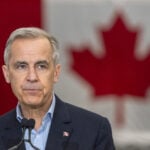 Canada's leader laments lost friendship with US in town that sheltered stranded Americans after 9/11
Canada's leader laments lost friendship with US in town that sheltered stranded Americans after 9/11
 Chinese EV giant BYD's fourth-quarter profit leaps 73%
Chinese EV giant BYD's fourth-quarter profit leaps 73%
 You're an American in another land? Prepare to talk about the why and how of Trump 2.0
You're an American in another land? Prepare to talk about the why and how of Trump 2.0
 Chalk talk: Star power, top teams and No. 5 seeds headline the women's March Madness Sweet 16
Chalk talk: Star power, top teams and No. 5 seeds headline the women's March Madness Sweet 16
 Purdue returns to Sweet 16 with 76-62 win over McNeese in March Madness
Purdue returns to Sweet 16 with 76-62 win over McNeese in March Madness
